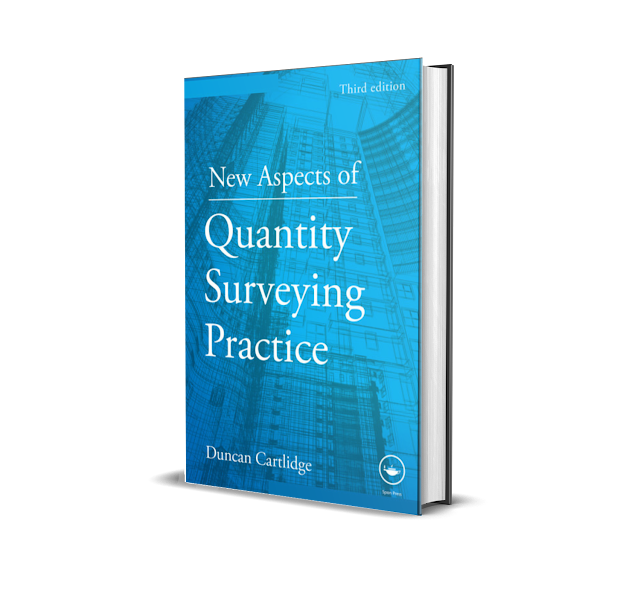Download New Aspects of Quantity Surveying Practice Easily In PDF Format For Free.
PREFACE:
Sustainable development is now high on the agendas of governments, institutions and corporations across the globe. The world’s focus on climate change, resource depletion and environmental degradation is strongly influencing the way we deliver and manage the built environment. We face challenging times in our industry.
West striving to engage East, merging and expanding business networks across the globe, seeking out vibrant economies in a time of recession at home, integrating business cultures and challenging our traditional procurement and business ethics.
Sustainable development drivers vary in response to national context, requiring international design team members to identify, measure and manage differing and diverse development outcomes against a backdrop of increasingly integrated, complex legislation and regulation.
In many countries, national sustainability initiatives offer performance branding of new and refurbished buildings, integrating design team activities beyond the comfort of linear RIBA Stages A through L, drawing on the power and convenience of advanced, seamless IT design and engineering tools.
Quantity surveyors are now challenged with protecting ‘value for money’ throughout this fast moving, integrated, technology-rich process, while understanding attributes of new and complex materials, assemblies and construction processes, and combinations of passive and active building systems.
Cost benefit linked to thermal performance, embodied carbon and durability must be considered in the context of life cycles, buildability, maintainability and functionality.
An immediate challenge to the quantity surveying profession internationally is to develop and implement effective processes and tools, which integrate into the building information modelling environment.
This will provide the quantity surveyor with concise, accurate information, at early design stage, allowing well-informed options appraisals against the multitude of design solutions being proposed through complex design and engineering models.
Such an approach will require corporate investment in applied research, professional development and infrastructure, while becoming immersed within an ethos of sustainability across the business.
one can only hope that short-term recessionary pressures do not deviate the industry and the profession away from sustainable development.









Comments
Post a Comment